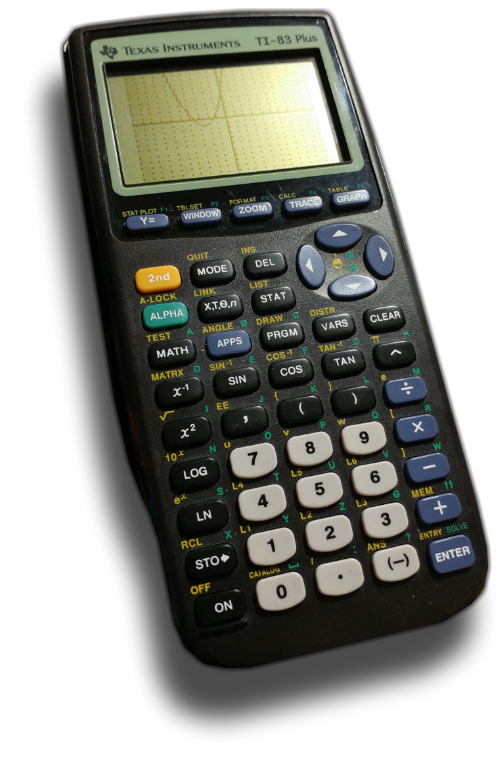11.21.2018: One Lesson of Math - Properties of a Quadratic Function, Part 1
- Steven C. Mills

- Nov 21, 2018
- 2 min read

Today's soundtrack is Rush: Moving Pictures, which I think is one of the greatest albums of all time. Neil Peart's drumming is incredible, and I'm blown away by Geddy Lee's virtuosity on the bass. He really treats it like its own instrument; it dances gracefully with the guitar, confident in its own right. And, of course, the synthesizers are top-notch: sweeping, soaring, singing - adding such flavour and atmosphere. My favourite tracks on the album are "Tom Sawyer" and "YYZ."
This evening, I'm doing the first section of Unit 4 in my pre-calculus course. The unit covers analyzing quadratic functions; today's lesson is about the properties of a quadratic function.

The first thing I had to do was learn how to graph functions on my TI-83 Plus. I found a "For Dummies" article on exactly that, which was really helpful.
Every quadratic function is graphed as a parabola, a curve that goes either down then back up, or up then back down. We call its most extreme (highest or lowest, as the case may be) point its vertex, also known as the minimum point or maximum point. Parabolas are always symmetrical; their centres lie on the axis of symmetry.
The general form of a quadratic function, y = ax² + bx + c, is very similar to that of the quadratic equation. Like the quadratic equation, in a quadratic function, a cannot equal 0, and there's an additional caveat: a, b, and c ∈ ℝ.
If ax² is positive, "the parabola opens up and its vertex is a minimum point" (Pearson, Pre-Calculus 11, p. 252); if ax² is negative, "the parabola opens down and its vertex is a maximum point" (p. 252). This can be seen in the image at the right, taken from Sophia.org.
Because the outward-facing lines extending from a parabola (indicated by the arrows at their "ends") are infinite, the domain (possible values covered on the x-axis) is infinite. The range (possible y-axis values) of a quadratic function with a positive a value will be greater than or equal to the minimum point; the range of a function with a negative a value will be less than or equal to the maximum point.
The points where the parabola intersects the x axis are called "zeros of the function" (p. 253).




Comments